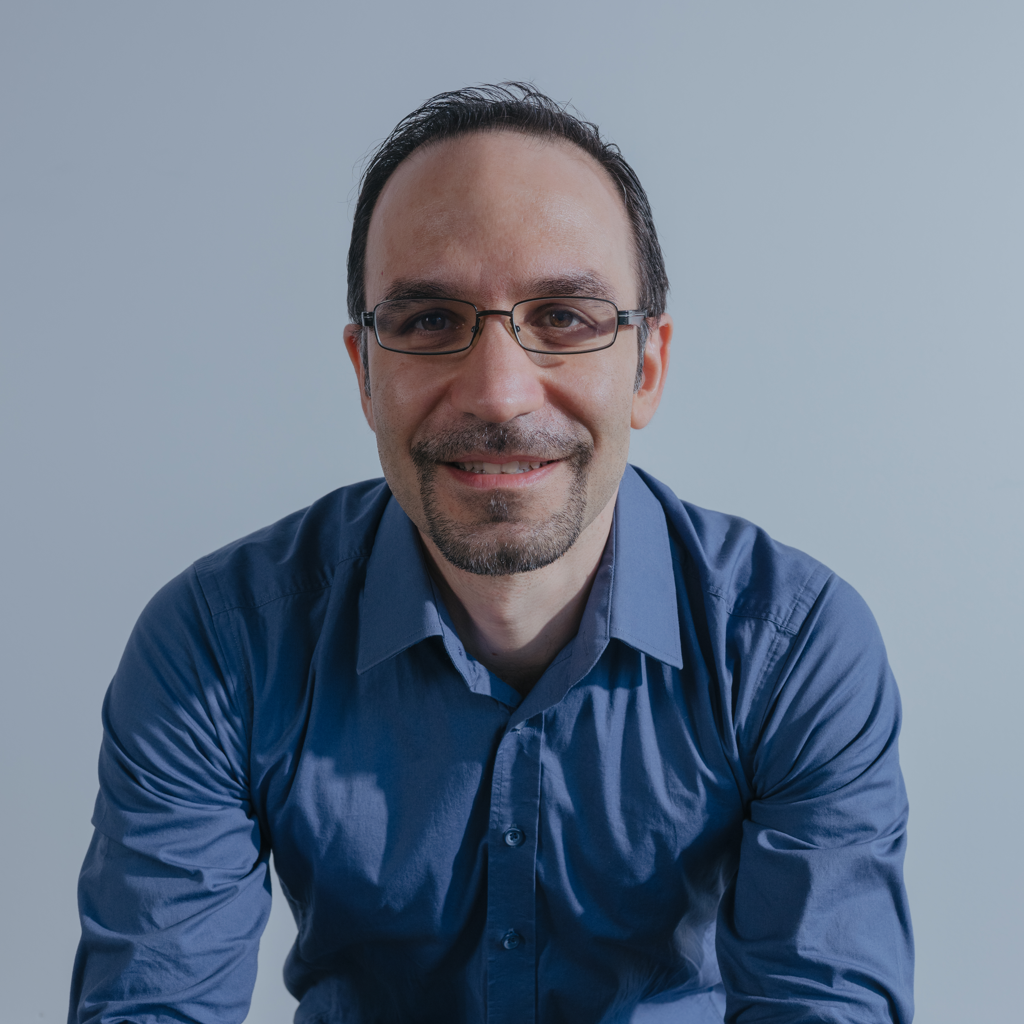Baris Erkmen
Hedron Space, United StatesFor contributions to the advancement of wireless optical communication systems in performance, technology maturity, large-scale manufacturability, and cost.

An early love of science and numbers coupled with a rigorous education in Turkey and at MIT helped Baris Erkmen find success applying his research to solve real-world problems.
After graduating from MIT with his PhD, he started at NASA’s Jet Propulsion Laboratory (JPL). It was here that he got his first taste of applying theory to meet real-world challenges. Baris’ work at JPL was forward-looking, using quantum optics for communications and imaging. One project that he found particularly fascinating included a demonstration using optical communications from the International Space Station down to ground.
After working at JPL, Baris found his way to Silicon Valley and joined X, the moonshot factory at Google. His interest in optical communications led him to work on Project Loon, which hoped to use stratospheric balloons to expand internet connectivity around the globe. One central insight he gained while working at Google was, “how do we take risks that are credible?” These credible risks would form the basis of his growing industry career.
A subsequent position at Facebook Connectivity Lab gave him the experience of taking an idea from an early research stage and making it a reality. Baris returned to X, the moonshot factory in 2017 for Project Taara, which uses free-space optical communications to deliver broadband to underserved areas. In March 2022, Baris became CEO of Hedron Space, which is working to build a connectivity infrastructure for space.
Throughout his career, Baris has found the ability to effectively communicate ideas and research through written and spoken words to be essential for success. He firmly believes that these are skills the next generation should develop.
He also recommends finding a motivated mentor to share experiences and thoughts and help find new opportunities. He credits his mentor Jeff Shapiro at MIT for always encouraging him and his colleagues to participate in Optica events. Baris enjoys learning from the different Optica events he has attended and always tries to capture the essence of a talk from the broad variety of speakers. A mentor himself, Baris enjoys listening to and engaging with students from unique backgrounds and helping them build a basis in science.
One final piece of advice Baris provided was to start with strong fundamentals in the theory and understanding of the field you want to pursue. He says that “there is a gap between fundamentals and ideas that can exist in the real world, and it is up to young scientists to continue to bridge that gap.”
